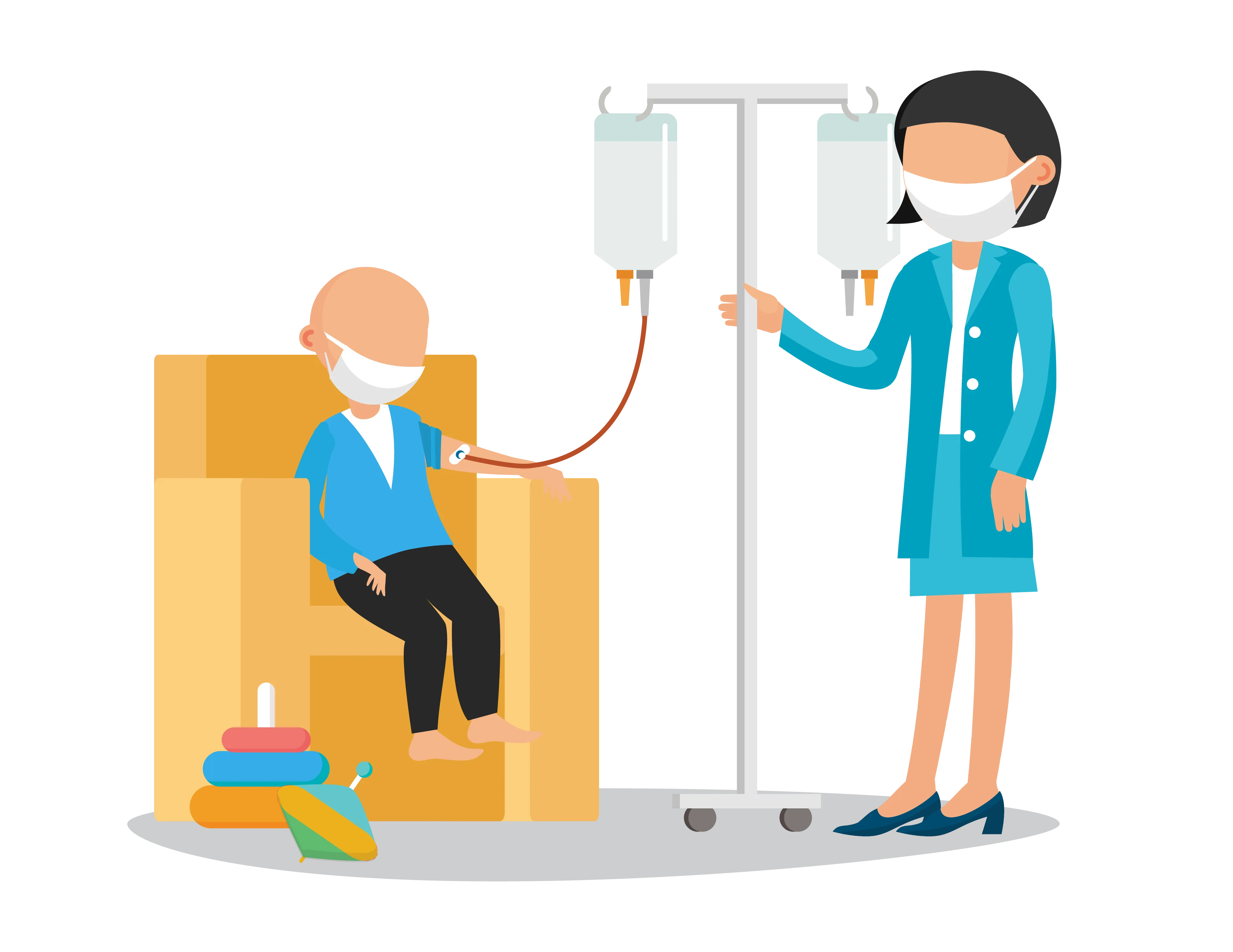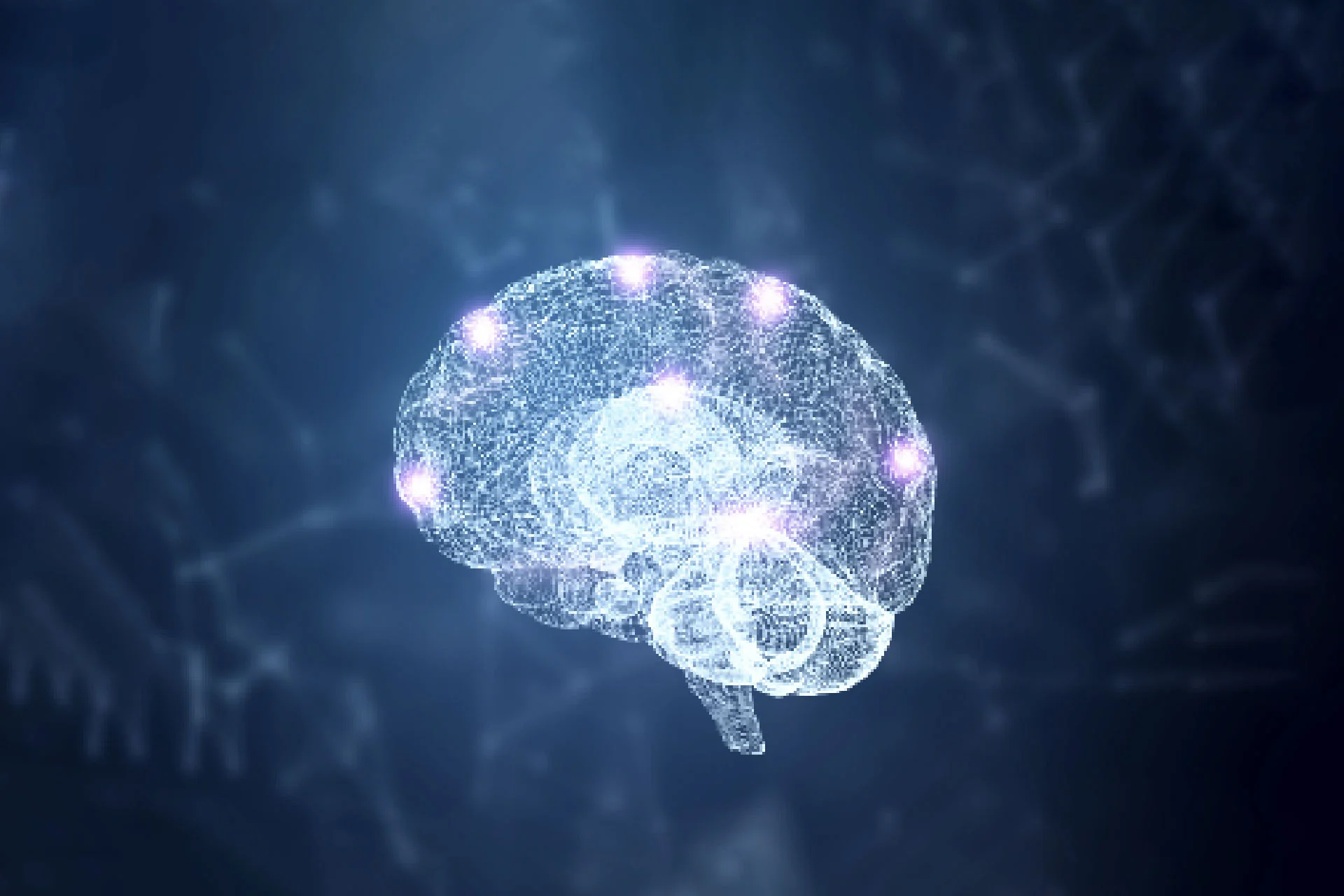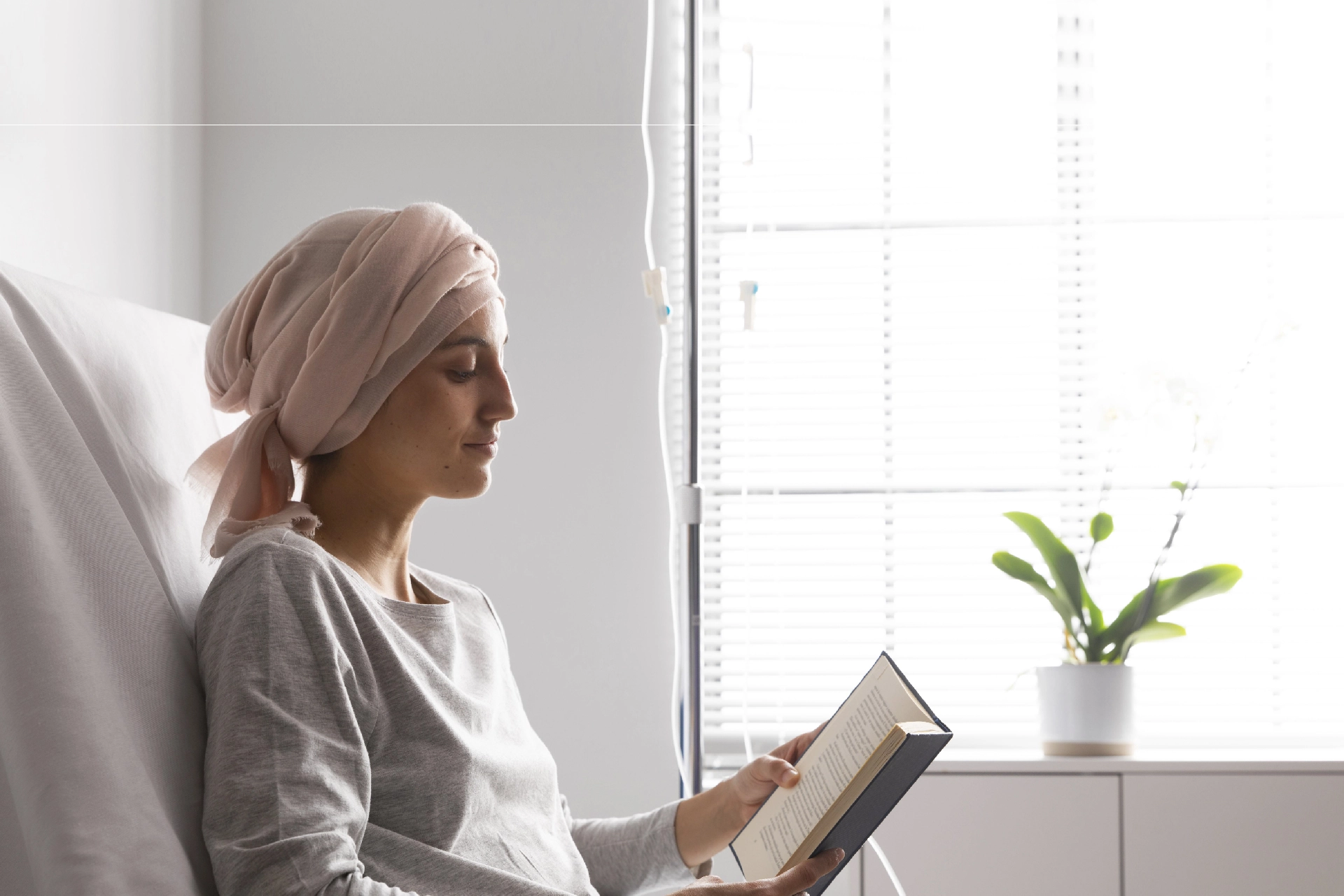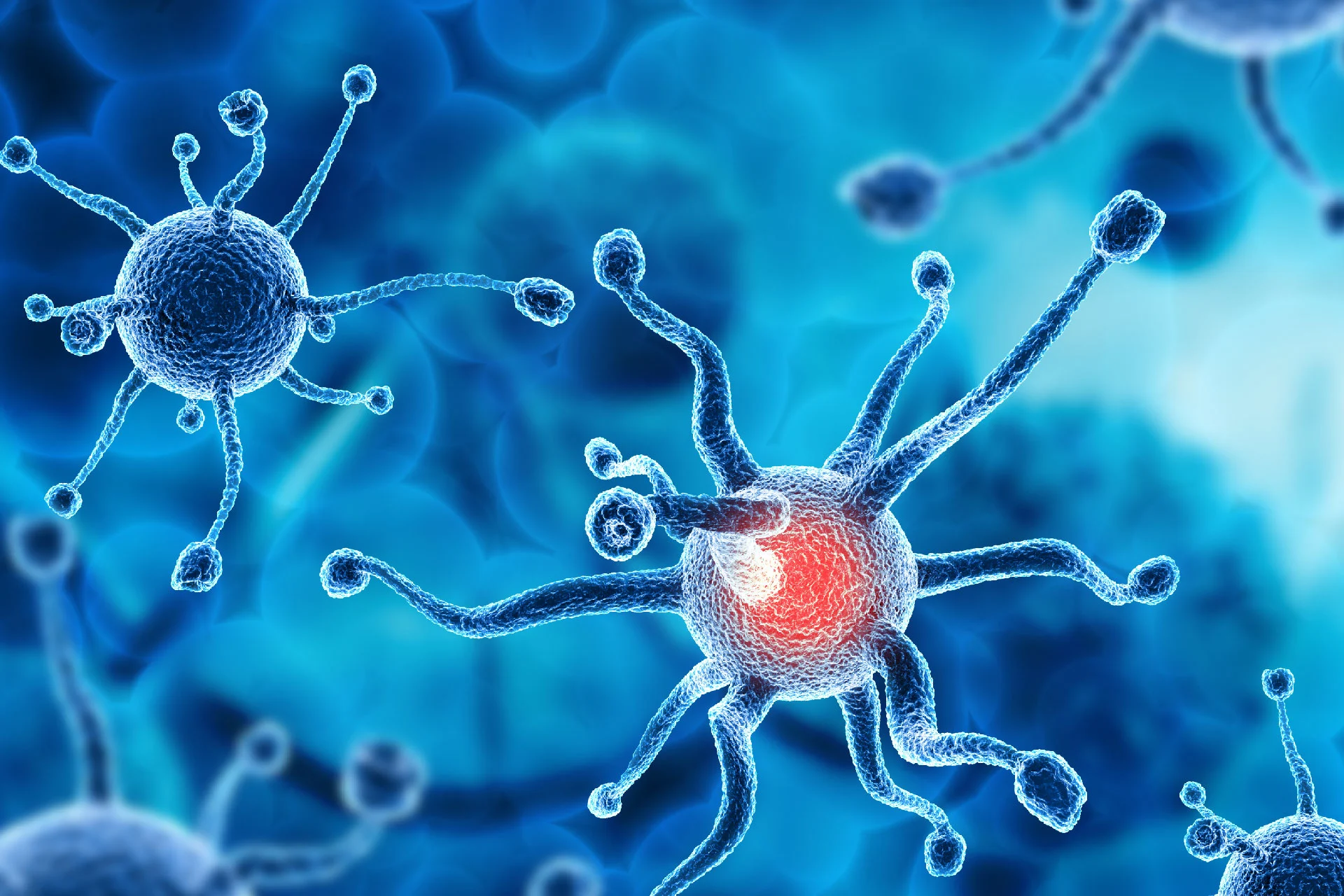Dentist | 5 min read
Childhood Cancer Awareness Month: Why it is Significant and What You Can Do
Medically reviewed by
Table of Content
Key Takeaways
- Childhood Cancer Awareness Month is recognized every September
- Leukemia, brain cancer, and lymphomas are types of childhood cancer
- Cancer cases in children are relatively rare when compared to adults
Cancer at any age is disheartening but when it is diagnosed in children, it can be devastating.
Although cancer cases among children are relatively rare compared to adults, it is one of the contributing causes of child mortality worldwide [1]. Around 4 lakh children across the world are diagnosed with cancer every year.
More than 80% of children beat this disease completely in high-income countries thanks to the availability of comprehensive medical services. However, the ratio of successful treatment is 15-45% in low and medium-income countries [2]. Thus, there’s a need to create awareness to protect children and families from this fatal disease.
Childhood Cancer Awareness Month is a global initiative to create awareness and raise funds to help children suffering from cancer. The aim of childhood cancer awareness is to reduce the number of cases and increase the rate of survival. Here’s more on this and why you should participate in Childhood Cancer Awareness Month activities.
Additional Read: Important Things to Know About Your Lungs This World Lung Cancer Day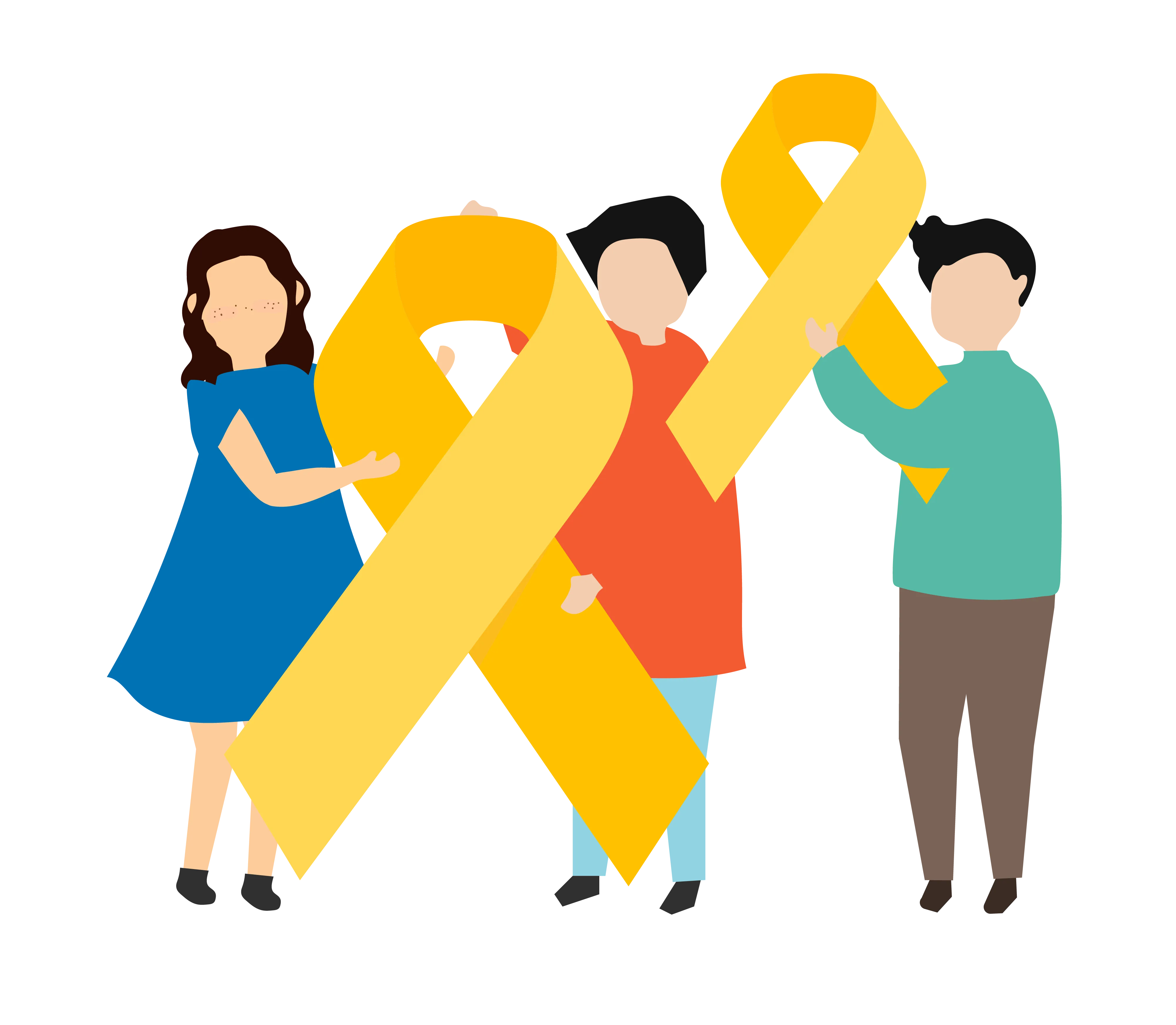
When is Childhood Cancer Awareness Month?
Childhood Cancer Awareness Month 2021 is observed in September. However, World Childhood Cancer Awareness Day is celebrated on February 15. Together, both initiatives serve to raise awareness and funds for families affected with childhood cancer. These initiatives also emphasize the importance of further research in this field.
Importance of Childhood Cancer Awareness Month
According to reports from the World Health Organization (WHO), approximately 4 lakh cases of childhood cancers are diagnosed every year [2]. Leukemia, brain cancer, lymphomas, and solid cancers are the most diagnosed cases of cancers in children. Deaths due to childhood cancer in low and middle-income countries mainly happen due to delay in diagnosis or lack of proper care. Thus, cancer organizations across the globe strive to create awareness and raise resources to help cancer-affected children and their families during Childhood Cancer Awareness Month. The WHO in 2018 launched a Global Initiative for Childhood Cancer [3] with an aim to increase the prioritization of childhood cancer and increase the survival rate to at least 60% by 2030.
Causes of Childhood Cancer
Most cancer cases in children do not have a known cause unlike cancer in adults. However, studies suggest that approximately 10% of childhood cancer cases are linked to genetic factors [2]. Most cancers in children and adults are a result of gene mutation that cause the development of cancer cells. Also, very few cancers are associated with lifestyle or environmental factors. In low and medium-income countries, infections such as HIV, Epstein-Barr virus, [4] and malaria are thought to be risk factors for childhood cancer. Research on the causes of childhood cancer is still underway.

Common Types of Cancer in Children
On the occasion of Childhood Cancer Awareness Month, learn about the most common types of cancer diagnosed in children to be better informed.
Leukemia
It is the most common type of childhood cancer accounting for about 28%. Leukemia is the cancer of the bone marrow and blood.
Brain and Spinal Cord Tumors
There are many types of brain and spinal cord tumors. They are the second leading cancers in childhood with 26% of the cases.
Neuroblastoma
It accounts for 6% of childhood cancers. Neuroblastoma forms in the early stages of nerve cells in a developing fetus or embryo. However, it is uncommon in children above the age of 10.
Wilms Tumor
Wilms tumor or nephroblastoma forms in one or both the kidneys. It is particularly found in children aged 3-4 years and makes up only 5% of childhood cancer cases.
Rhabdomyosarcoma
It starts to develop in any part of skeletal muscles including the head, neck, arms, leg, abdomen, or pelvis. It accounts for 3% of childhood cancers.
Lymphomas
It is a cancer of the lymphatic system that forms in lymph nodes and other lymph tissues that can also affect the bone marrow and other organs. Hodgin lymphoma and non-Hodgin lymphoma [5] are the two main types of this disease.
Bone Cancers
Osteosarcoma [6] and Ewing sarcoma [7] are the two main types of bone cancers that account for about 3% of childhood cancers. These bone cancers mostly develop in older children and teenagers.
Retinoblastoma
It is an eye cancer that forms only 2% of childhood cancers and is usually found in children around the age of 2.
Childhood Cancer Treatment Options
With many types of cancer treatments available, the treatment a child receives depends on the type of cancer and its advancement. Here are some treatments for childhood cancer for you to note in this Childhood Cancer Awareness Month.
- Chemotherapy
- Immunotherapy
- Radiation therapy
- Surgery
- Stem cell transplant
Cancer treatment can have side effects on children during and after the treatment. Cancer and the drugs given for treatment can have different effects as the growing bodies of children respond differently.
Additional Read: How to Deal with Chemo Side Effects? Important Tips to FollowThis September, Childhood Cancer Awareness Month, pledge to contribute towards this worthy cause. Host awareness events, raise funds or join the activities of a local welfare group. Take good care of your children in general by teaching them to practice hygiene, eat healthy, and develop good habits. Don’t forget to make a yearly health check-up part of your family’s routine. Book a lab test or an appointment with pediatricians or general physicians on Bajaj Finserv Health. This will help you address any worrying symptoms with ease.
References
- https://www.uicc.org/news/increasing-survival-rates-children-cancer
- https://www.who.int/news-room/fact-sheets/detail/cancer-in-children
- https://www.uicc.org/what-we-do/advocacy/working-together/global-initiative-childhood-cancer#:~:text=In%202018%2C%20WHO%20launched%20a,quality%20of%20life%20for%20all
- https://www.cdc.gov/epstein-barr/about-ebv.html
- https://moffitt.org/cancers/lymphomas-hodgkin-and-non-hodgkin/faqs/hodgkin-lymphoma-vs-non-hodgkin-lymphoma/
- https://www.cancer.org/cancer/osteosarcoma/about/what-is-osteosarcoma.html#:~:text=Osteosarcoma%20(also%20called%20osteogenic%20sarcoma,as%20that%20in%20normal%20bones.
- https://www.cancer.gov/types/bone/patient/ewing-treatment-pdq
Disclaimer
Please note that this article is solely meant for informational purposes and Bajaj Finserv Health Limited (“BFHL”) does not shoulder any responsibility of the views/advice/information expressed/given by the writer/reviewer/originator. This article should not be considered as a substitute for any medical advice, diagnosis or treatment. Always consult with your trusted physician/qualified healthcare professional to evaluate your medical condition. The above article has been reviewed by a qualified doctor and BFHL is not responsible for any damages for any information or services provided by any third party.

